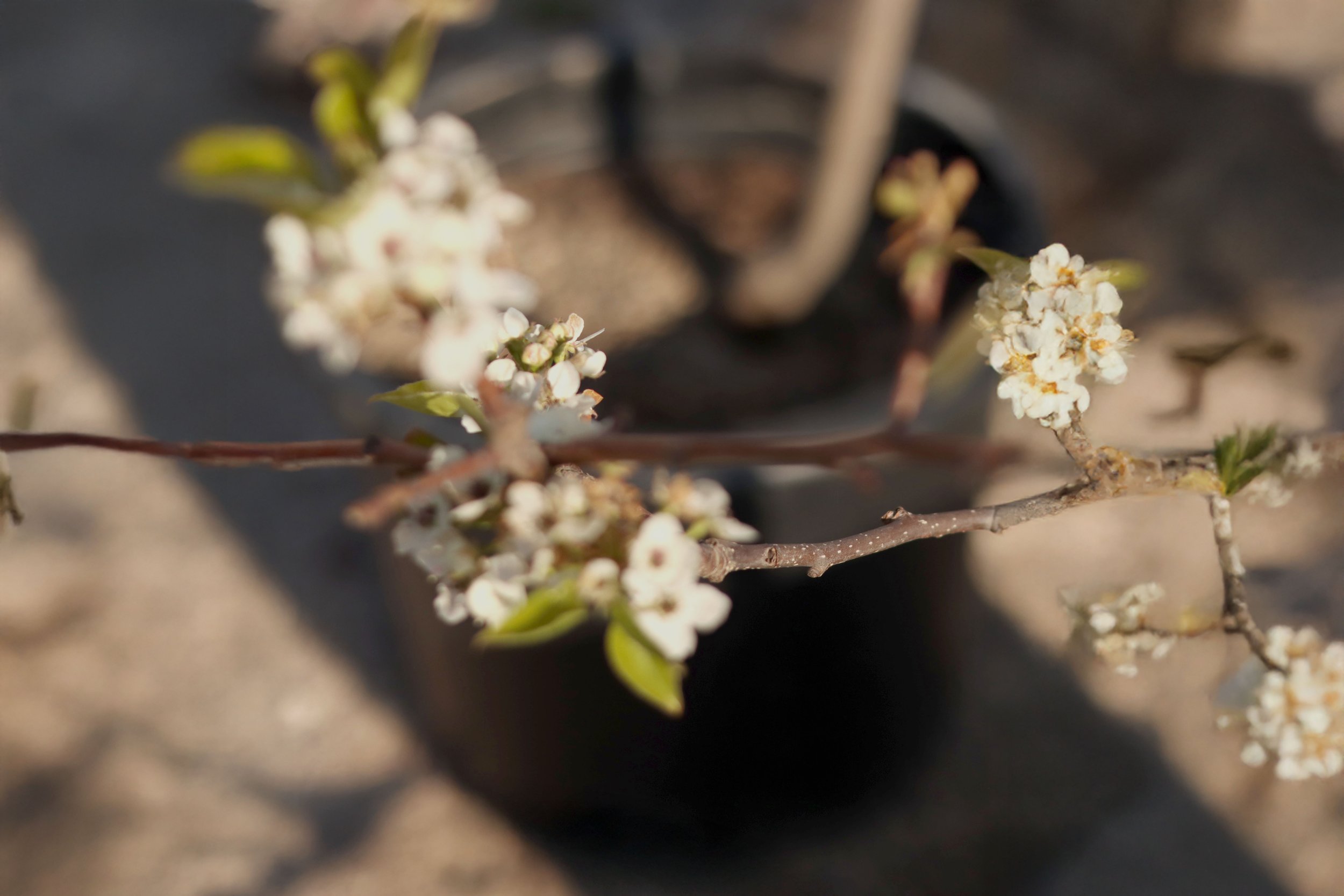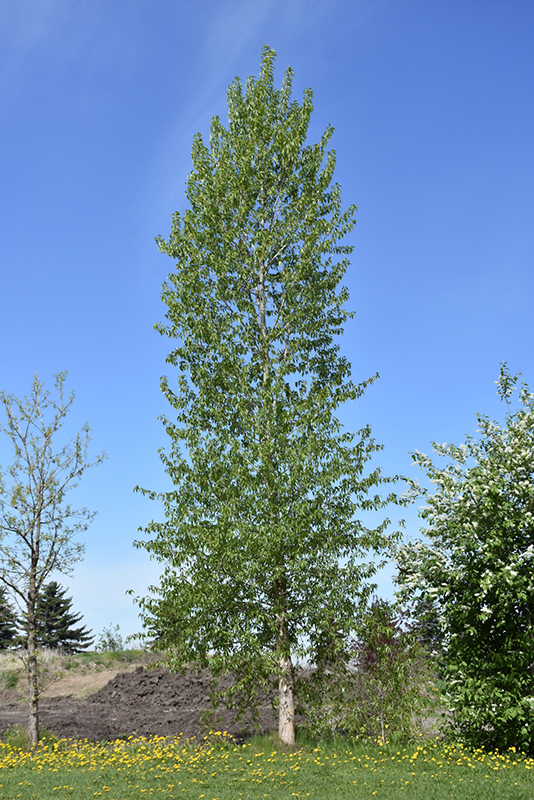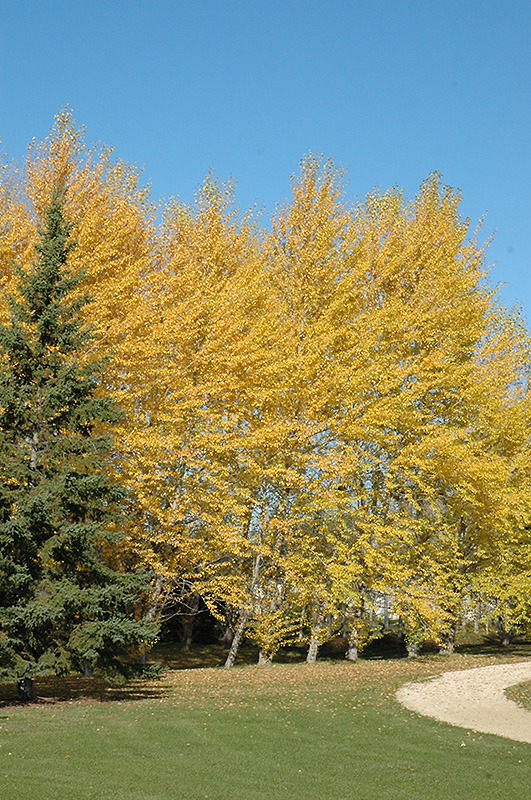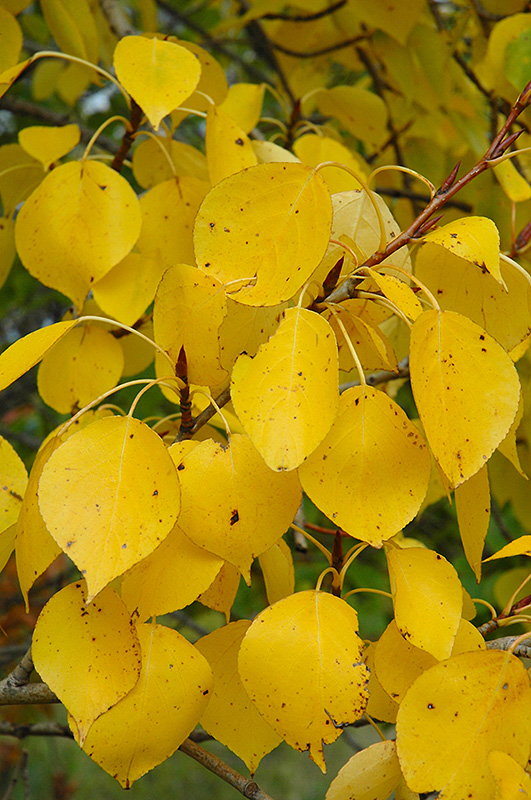
PLANT SEARCH
Height: 80 feet
Spread: 50 feet
Sunlight:
![]()
Hardiness Zone: 1
Description:
A large and fast growing shade tree with fragrant but very sticky leaf buds in spring, fragrant in fall as well; somewhat aggressive root system so don't plant too near a home; extremely tough and adaptable
Ornamental Features
Balsam Poplar has dark green deciduous foliage on a tree with an oval habit of growth. The fragrant heart-shaped leaves turn yellow in fall. However, the fruit can be messy in the landscape and may require occasional clean-up.
Landscape Attributes
Balsam Poplar is a deciduous tree with a shapely oval form. Its relatively coarse texture can be used to stand it apart from other landscape plants with finer foliage.
This is a high maintenance tree that will require regular care and upkeep, and is best pruned in late winter once the threat of extreme cold has passed. Gardeners should be aware of the following characteristic(s) that may warrant special consideration;
- Messy
- Invasive
- Disease
Balsam Poplar is recommended for the following landscape applications;
- Shade
- Windbreaks and Shelterbelts
Planting & Growing
Balsam Poplar will grow to be about 80 feet tall at maturity, with a spread of 50 feet. It has a high canopy of foliage that sits well above the ground, and should not be planted underneath power lines. As it matures, the lower branches of this tree can be strategically removed to create a high enough canopy to support unobstructed human traffic underneath. It grows at a fast rate, and under ideal conditions can be expected to live for 60 years or more.
This tree should only be grown in full sunlight. It is an amazingly adaptable plant, tolerating both dry conditions and even some standing water. It is not particular as to soil type or pH. It is somewhat tolerant of urban pollution. This species is native to parts of North America.



